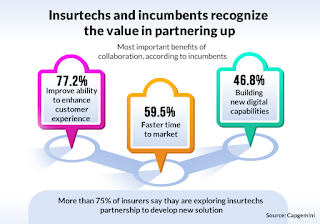Making It Connect: Pairing Core Function Solutions From Multiple Vendors
The insurance landscape is changing quicker than ever before. Technology disruptions and intense competition in the sector are making insurers consider new IT vendor management strategies. Integrated solutions that have the flexibility to seamlessly link to third-party solutions are considered the most advantageous in a competitive market. Why some companies may consider multi-vendor systems There are many single vendor advantages for IT infrastructure management, not the least being a single vendor takes full responsibility. and you have a complete solution on one platform, with no compatibility problems. And it comes at a lower price. However, there are many reasons that insurance carriers might consider a multi-vendor system When migrating from a legacy system, businesses prefer to do it one module at a time. This prevents any downtime. However, a great many legacy systems do not use a software architecture that allows integration of disparate systems using differing protocols. An i


